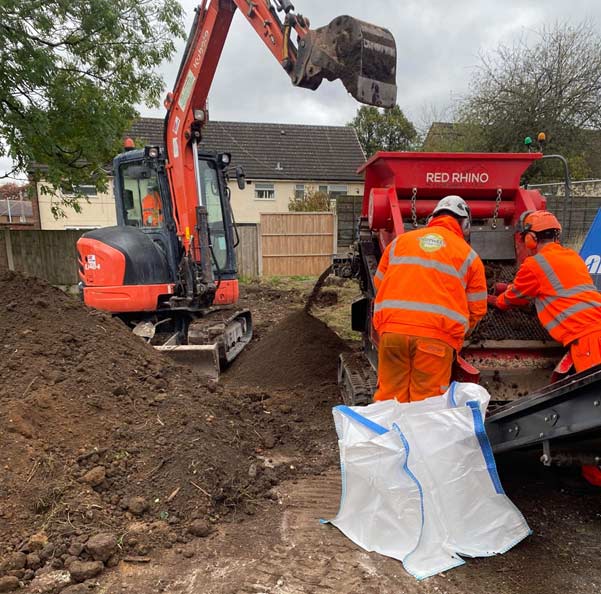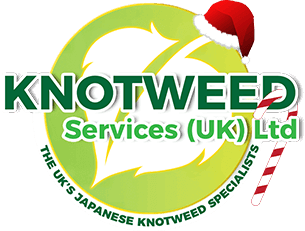JAPANESE KNOTWEED REMOVAL Bury
8
LIVE KNOTWEED JOBS IN Bury
23
SUCCESSFUL KNOTWEED REMOVAL PROJECTS IN Bury
100%
SUCCESSFUL PROPERTY SALES AFTER TREATMENT
7
Bury BASED KNOTWEED STAFF
Japanese knotweed control in Bury
As one of the leading Japanese knotweed providers Bury, Knotweed Services has dedicated inspectors living and working in the area. And because we’re local, we can ensure fast, economical removal of this troublesome weed.
As a member of the PCA, Knotweed Services is eligible to serve clients throughout the country. Our team of specialists has decades of experience in controlling knotweed and other invasive plants.
Knotweed Services, we are a company with the goal to help people with knotweed problems. We have completed large and complex eradications in and around Bury and England.
Japanese Knotweed Growing in Bury – Its Impact and Control
Knotweed is an invasive species that can severely damage your property, which is why it is essential that you contact us for a free survey. We identify the severity of your problem and propose a cost effective plan to eliminate knotweed completely.
If knotweed is found on your land, your project may be delayed until the knotweed infestation is properly handled.
Japanese Knotweed, a very troublesome weed
- Japanese knotweed can grow through tarmac and concrete, posing a threat to the structure of buildings and properties.
- Japanese Knotweed can prevent mortgage lenders from granting loans.
- Knotweed can grow so large and fast that it obstructs visibility and access to structures, such as paths, highways, and building facades. Knotweed can also be bothersome for commercial properties because it crowds out desirable crops.
For customers in Bury with Japanese knotweed, Knotweed Services should be your first call. Each colony will be completely removed without damaging the surrounding area, and the removal will be insured in case of future re-growth.



FREE IDENTIFICATION
Fill in the form below, attach your pictures and we’ll let you know if the plant in your picture is Japanese Knotweed.
Call our experts today to start the treatment and management of your infestation in Bury
Call us on: 0121 725 6348 or 0800 689 4146 for an immediate estimate
The Knotweed Services team will support you through the process from initial contact to project completion.
RESIDENTIAL JAPANESE KNOTWEED REMOVAL Bury.
WHAT YOU NEED TO KNOW ABOUT JAPANESE KNOTWEED REMOVAL Bury
As Japanese knotweed infestations vary considerably, it’s not surprising that treatment and control methods will too. Several different methods may be necessary to complete the job.
Japanese knotweed removal is a complex, fact-based process. Our specialists have the training and experience to factor in all facts in order to achieve optimal results and removal. An insurance-backed guarantee is available.
— JAPANESE KNOTWEED REMOVAL OPTIONS AVAILABLE IN Bury

FOLIAR SPRAYING *
The most common treatment is the spraying of powerful chemicals with a knapsack. We ensure that other plants are not damaged. The most effective time for foliar spraying is in Spring.

FOLIAR LEAF WIPING *
With this Japanese knotweed treatment we employ a device to ‘physically wipe’ our chemicals onto the Japanese Knotweed leaves. This application is so precise that we can often use a higher concentration of chemical.

STEM INJECTION
We directly administer a measured amount of herbicide to the invasive weed. Due to the injection directly into the Japanese Knotweed, this is the most ingenious elimination technique. It is not affected by the weather.

BIOMASS REDUCTION
Biomass is a sort of excavation and removal, but instead of removing all of the soil affected by Japanese Knotweed, we simply remove the afflicted portions. It is an effective strategy for controlling Japanese Knotweed that permits the reuse of the soil. Reducing the amount of waste dumped in landfills.

CROWN REMOVAL
Crown and stems are capable of renewing, and even small fragments of clipped crown or stem are capable of regenerating and producing a new invasive weed – eliminating them is a wonderful method.
— COMMERCIAL TREATMENT OPTIONS AVAILABLE IN Bury

SOIL SCREENING
A tried and tested methodology used on hundreds of sites across the UK.
Using the screening method, the Japanese knotweed rhizome material is separated from the soil material. The Japanese knotweed material is then either transported to licensed landfill at a much lower disposal rate or incinerated on site using a D6 exemption from the Environment Agency or Natural Resources Wales.
The cleaned soils can then be reused in locations away from any construction, normally in soft landscaping areas.
This can reduce the landfill & backfill requirement costs significantly and can also help to reduce the carbon footprint on site due to reduced vehicle movements to landfill.

BIOSECURITY SUPERVISION
We can send a biosecurity operator to your property to monitor any excavations or movement of Japanese knotweed-containing soil.
As part of these steps, we can set up a location near the site’s entrance where people can wash their boots and machines. We will supply the primary contractor on site with all toolbox discussions, which will be signed by all contractors involved in the operation.
In situations where biosecurity is necessary, we may provide temporary geotextile barriers.
We will supply the client with a thorough biosecurity report once the service is concluded.
This procedure can be used in conjunction with other on-site treatment methods.

EXCAVATION AND DISPOSAL
This treatment method is ideal where time constraints are present and there’s no other option other than to remove both the Japanese Knotweed and contaminated soil to a registered landfill.
By removing all traces of the infestation quickly, this offers a rapid solution to your problem and allows your commercial project to begin groundwork’s almost straight away. When time is of the essence, there is no quicker Japanese Knotweed removal/treatment method.
Any waste taken off-site will be done so with a licensed waste carrier to a suitably authorised landfill site.

CELL BURIAL
Cell burial comprises of moving Knotweed contaminated soil from one location on site, burying it in an excavated pit which is lined with a root barrier membrane, in a different position on the site.
The burial requirements for Japanese Knotweed are as follows:
- The Environment Agency recommends that the top of the burial cell should be a minimum of 2 metres below ground level.
- The overall depth of the burial pit should be in excess of 5 metres deep. All root barrier seams are welded together forming an encapsulated cell from which the Japanese Knotweed cannot escape. Clean soil is then used to backfill on top of the cell.
- To prevent accidental disturbance of the burial site, it is recorded on all site plans and future land owners should be made aware of the location.

STOCKPILE & TREAT
Japanese knotweed-contaminated soil can be moved to another portion of the site being treated using a technique called bunding. A bund is a patch of polluted soil that is only a few metres deep.
To make the surface flush with the surroundings, the bund can either be lifted, placed on top of the land, or positioned inside an excavation.
The bund’s function is to relocate the Japanese knotweed to an inactive portion of the land. The Japanese knotweed may now be treated, which would not have been possible in its original location.

HERBICIDE APPLICATION
At Knotweed Services we can provide the client with bespoke treatment plans depending on the locations of the Japanese knotweed.
These plans can work in conjunction with other methods of treatment where access is limited to pedestrian movements i.e., embankments or existing pathways within a site.
This will normally consist of up to 3 visits per annum to apply herbicide by either foliar spray technique or stem injection during the growing season over a period of 3 years, with a monitoring period of 2 years thereafter.
We would select the appropriate herbicides depending on the surrounding foliage or environmental constraints.
After each visit a full treatment record would be provided with photos showing the progress of the works and then an annual report.
AVAILABLE THROUGHOUT Bury
- Ainsworth
- Brandlesholme
- Bury
- Elton
- Fishpool
- Heap Bridge
- Holcombe
- Holcombe Brook
- Prestwich
- Pimhole
- Radcliffe
- Ramsbottom
- Summerseat
- Tottington
- Unsworth
- Whitefield
